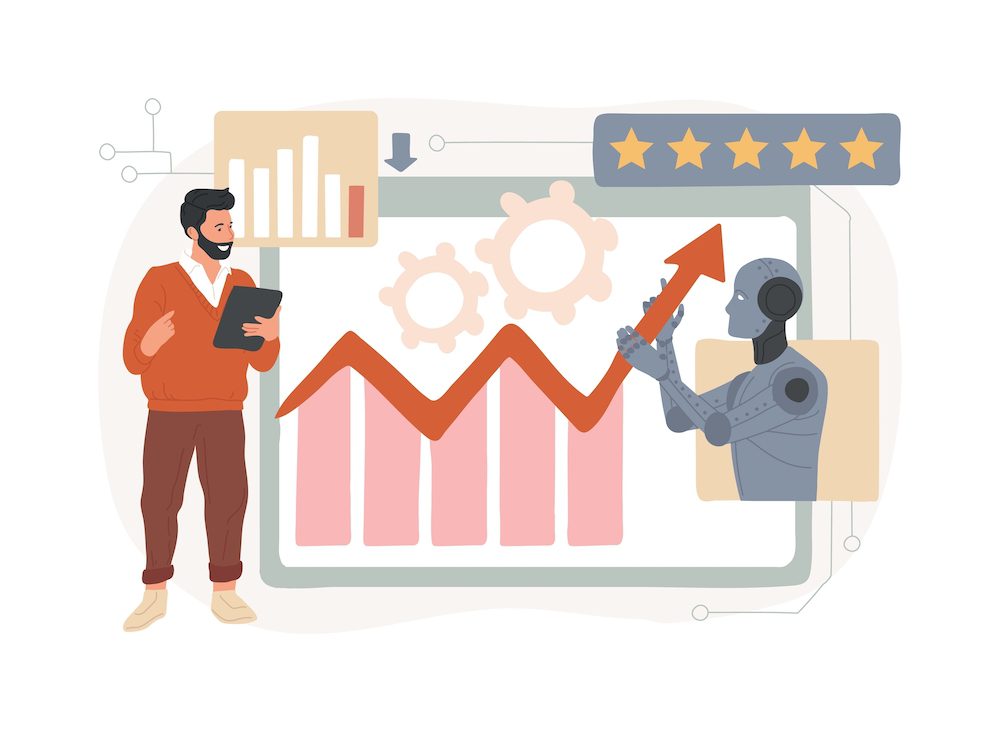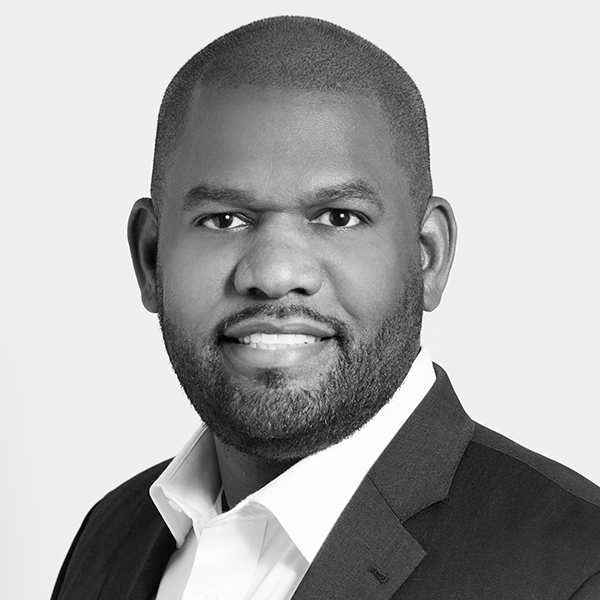One in three shoppers plan to spend less on 2024 holiday shopping compared with last year, according to a new survey.
A quarter of shoppers plan to spend more, and most shoppers, at 43%, plan to spend the same on holiday shopping this year compared with last year, according to a newly released Bankrate survey conducted by YouGov Plc of 2,300 U.S. adults, which includes 1,789 holiday shoppers, in August 2024.
Shoppers may pull back on spending because of the lingering effects of inflation, said Bankrate senior industry analyst Ted Rossman.
“While inflation has come down, prices are still growing — they’re just growing more slowly. There’s a significant cumulative toll,” Rossman said. “A collection of common household expenses costs about 20% more now than it did three years ago. Prices continue to build off a higher base. All of this adds up to holiday shoppers being in a frugal mood.”
According to the survey, 34% of shoppers say inflation will change the way they shop for the holiday season, plus 28% of holiday shoppers are stressed about the cost of holiday shopping (up from 25% in 2023), and 28% say the cost will put a strain on their budget (up from 23% in 2023).
Shoppers start early for the 2024 holiday season
The Bankrate survey also found that almost half of holiday shoppers will begin shopping before Halloween. Shoppers say they did or plan to start holiday shopping:
- By August 31: 12%
- In September: 13%
- In October: 24%
- In November: 37%
- In December: 15%
Figures don’t add up to 100% because of rounding. This is roughly the same timeframe that shoppers said the planned to start shopping during the 2023 holiday season.
Early shopping gives consumers more time to compare prices and to find a good deal, Rossman said.
At 58%, debit cards were the most popular way shoppers said they planned to purchase goods during the holiday season, followed up cash (48%), credit card paid in full (34%), credit card paid over multiple billing cycles (19%), and buy now pay later (11%).

 Network
Network

